Travel sketchbook
In 1928, Maria Helena Vieira da Silva was twenty years old. She left Portugal to study art in Paris and, from France, visited Italy on a study trip. While on her travels to Milan, Verona, Padua, Venice, Bologna, Florence and Pistoia, she made quick pencil drawings of what she saw in a sketchbook. At the same time, she wrote letters to her mother, in a complicit tone, about her impressions, discoveries and feelings. These drawings and letters, which establish an intimate and concordant dialogue between them, remained unpublished. They belonged to the artist’s personal legacy, which was later added to the Arpad Szenes-Vieira da Silva Foundation collection. A selection of these words and images is revealed here by Electra constituting a very interesting record of the formative years of this great painter, who was born in Lisbon and lived in Paris, and whose masterful work is represented in the world’s most important museums and collections.
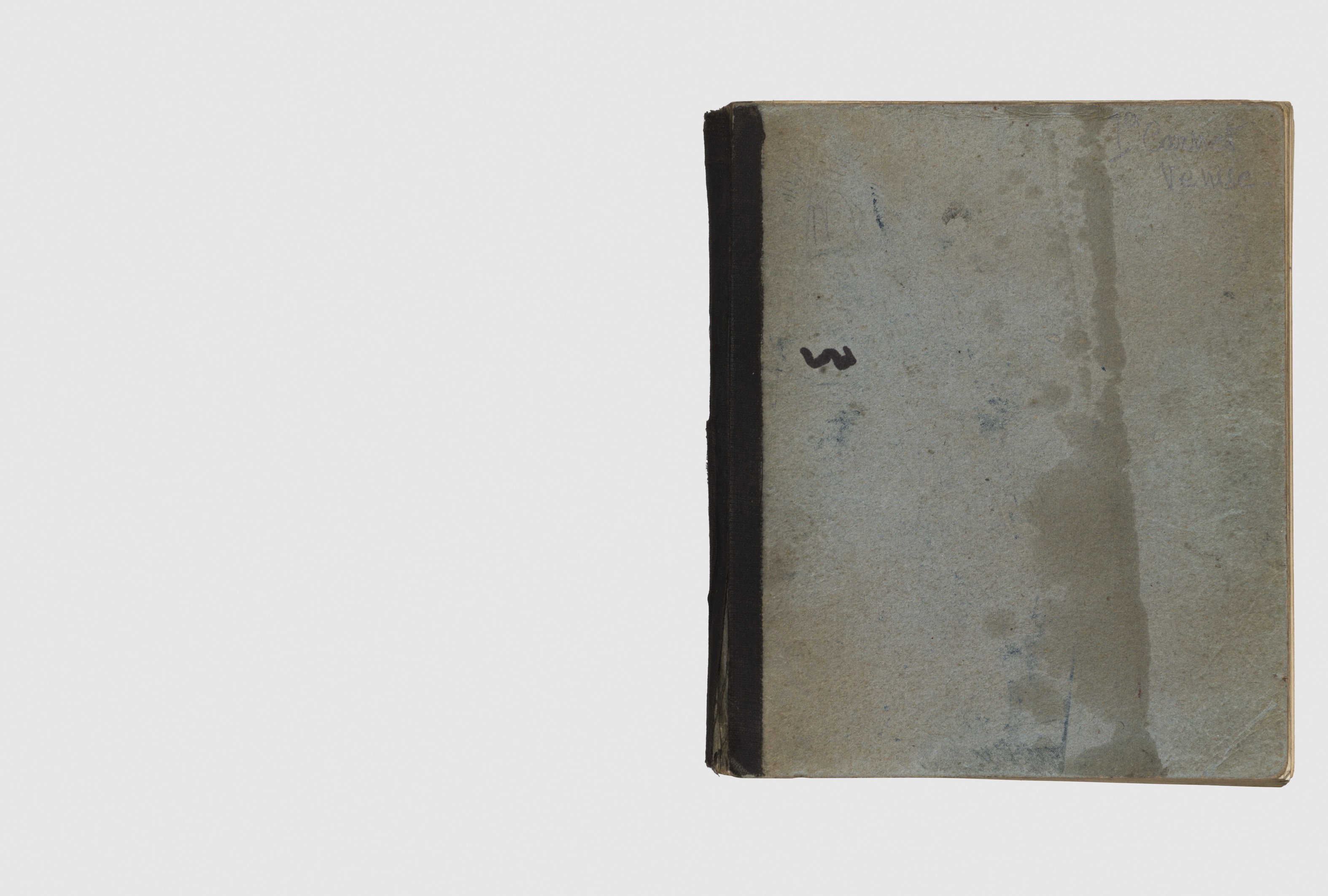
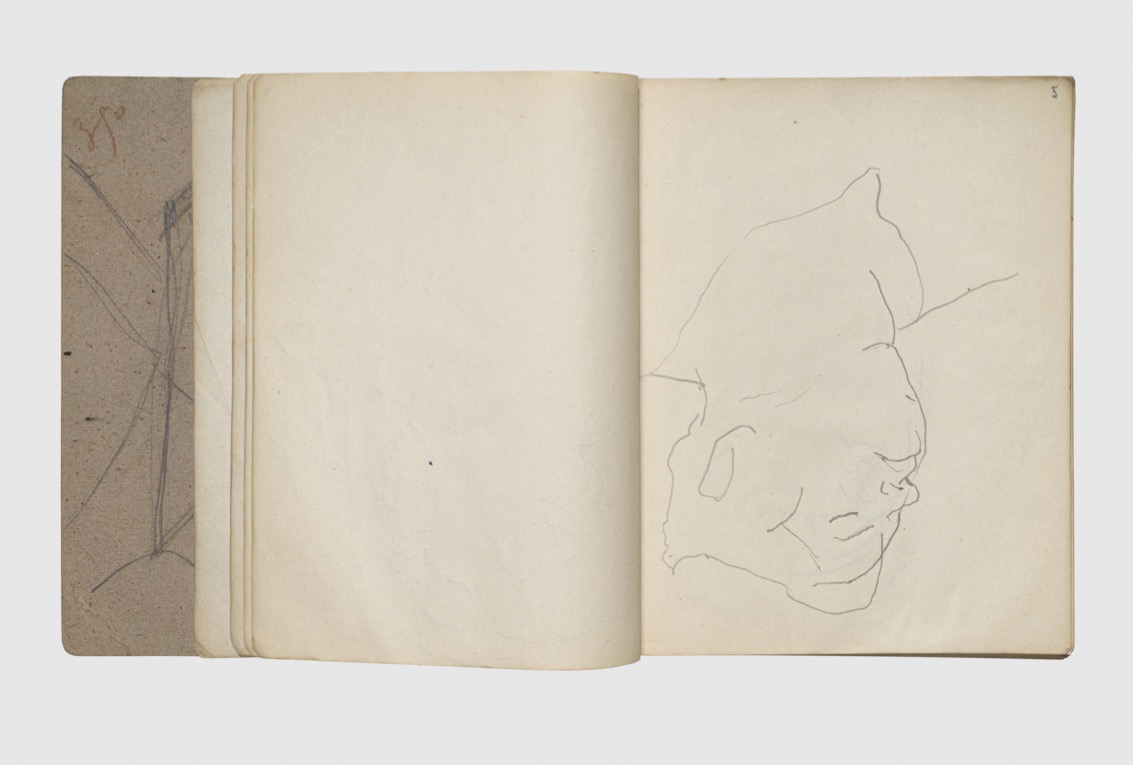
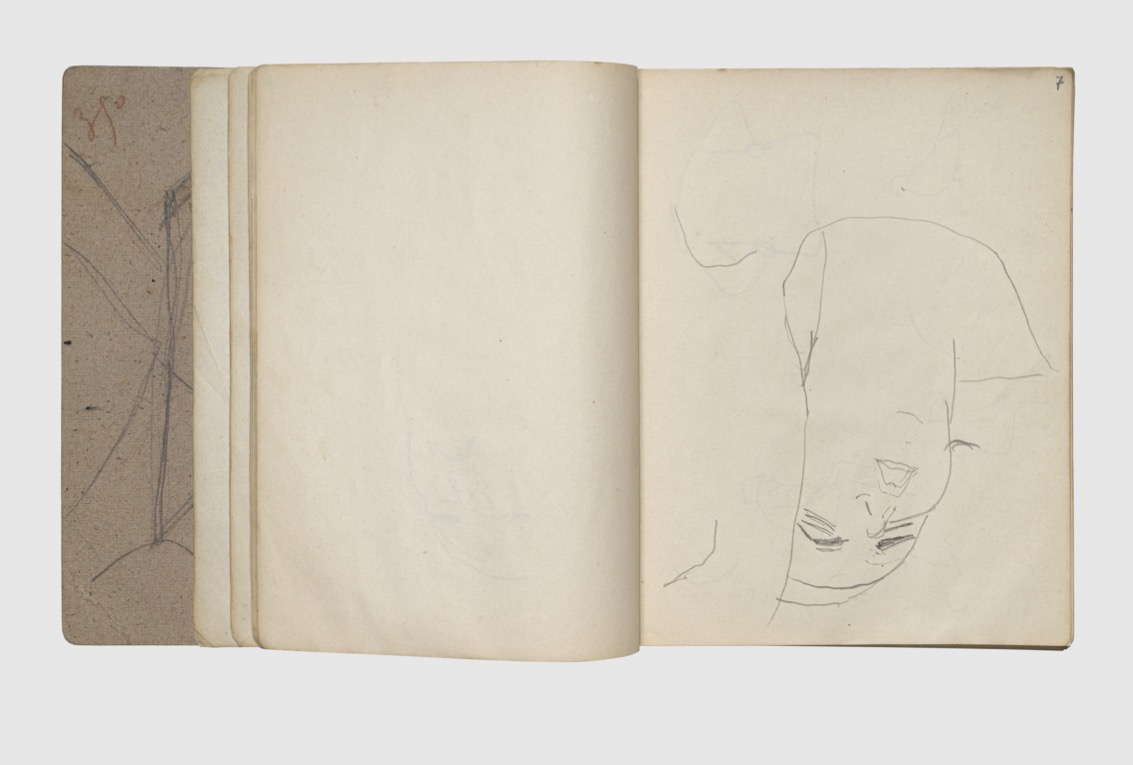


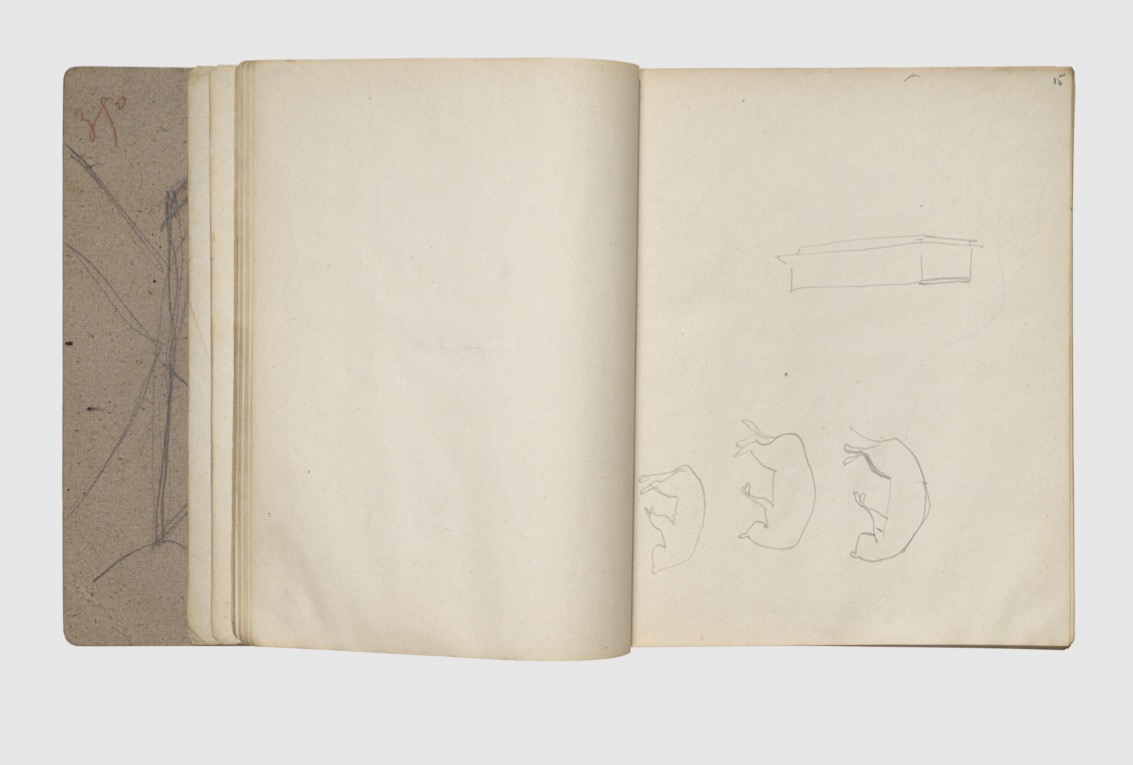

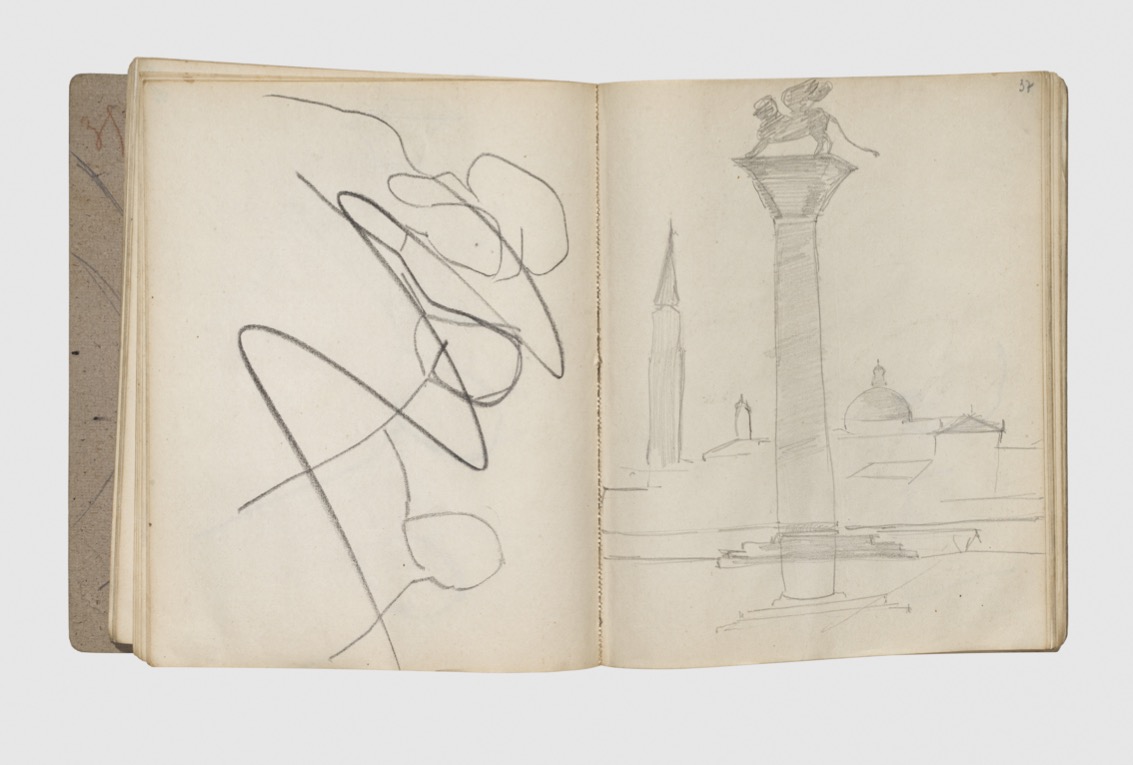

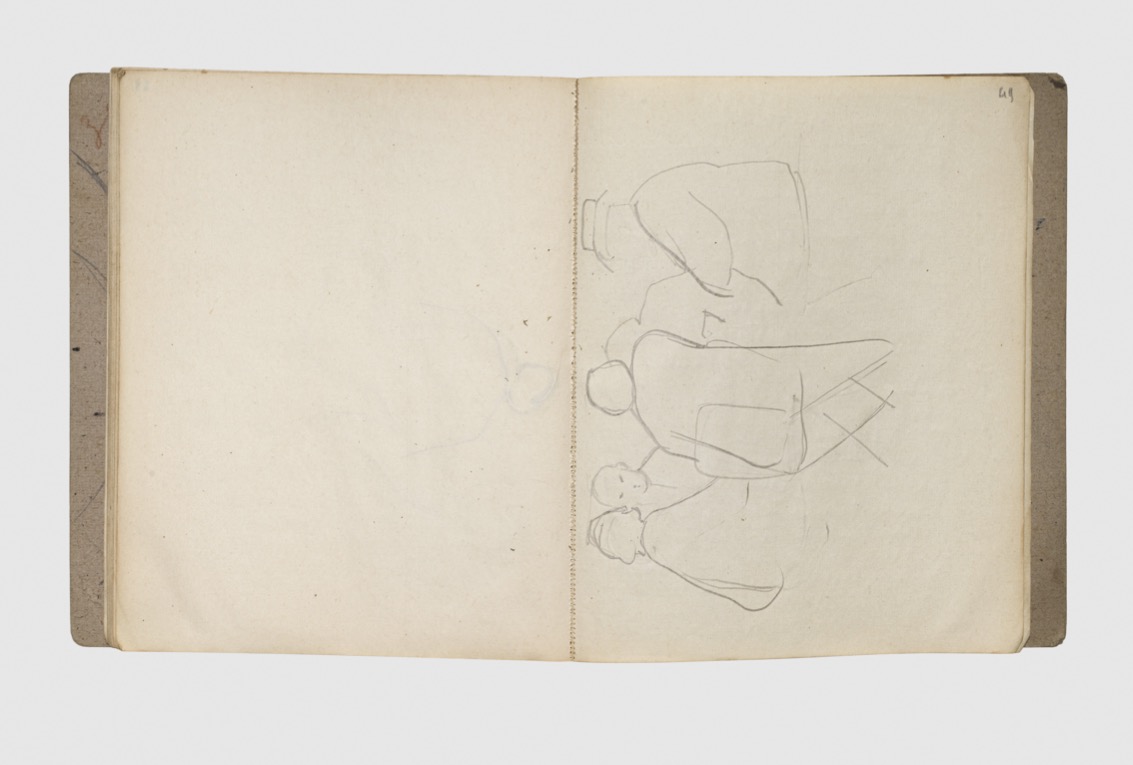
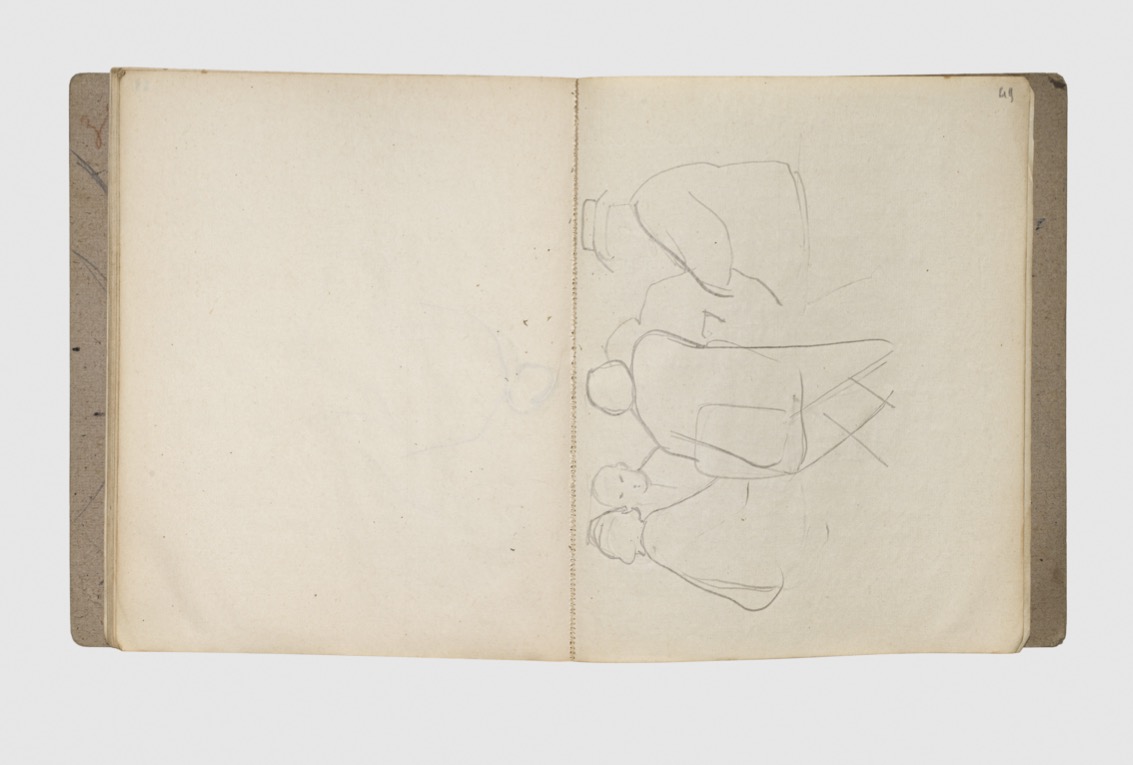
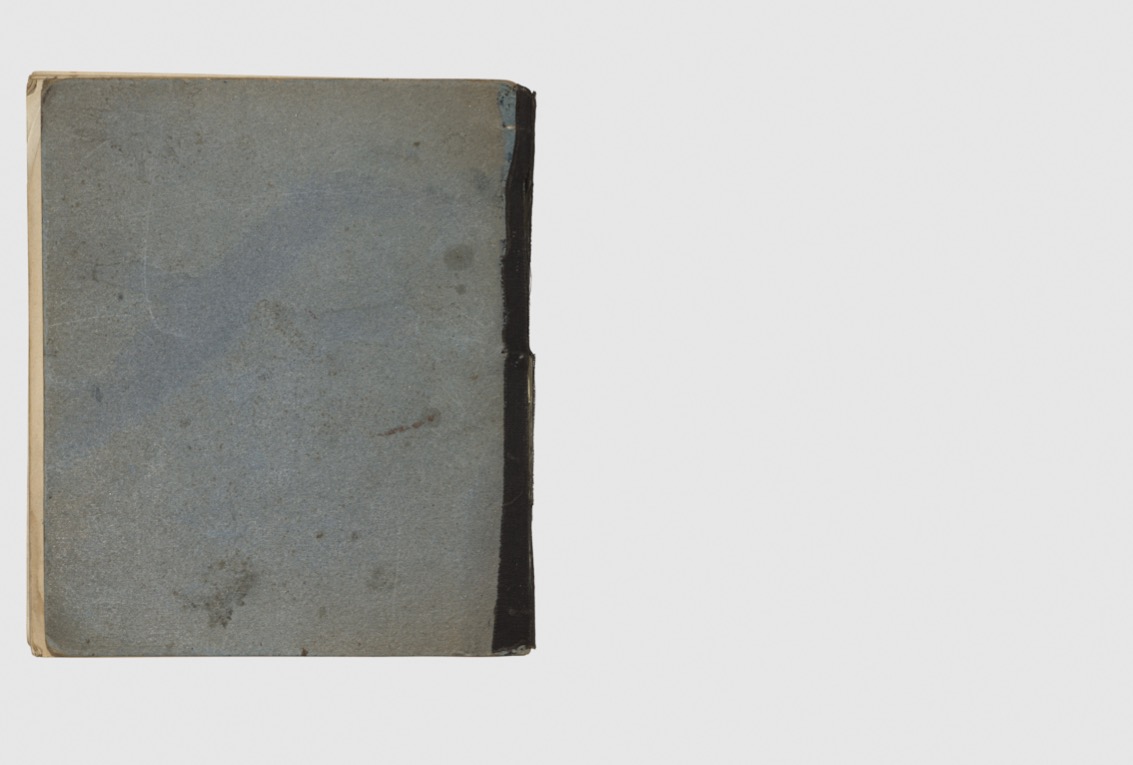
The sketchbook
This sketchbook belongs to the Arpad Szenes–Vieira da Silva Foundation collection and is entitled ‘Carnet de Venise, 1er carnet’. Although identified as the first sketchbook, therefore presupposing the existence of others, it is the only known visual record of Vieira da Silva’s trip to Italy in 1928. It comprises blank pages, perforated so they can be removed, a cardboard cover and a fabric spine. The pages were numbered from 1 to 52, two of which are loose, by Guy Weelen, who inventoried the estate of the artist and her husband, the painter Arpad Szenes (Budapest, 1897– Paris, 1985). There were originally 73 pages, as the remains of the perforated margins reveal, some of which were used for letter paper. The sketchbook is not included in the artist’s catalogue raisonné published in 1994.
Published along with the portfolio are excerpts from the letters sent by Vieira da Silva to her mother, Maria da Silva Graça (Lisbon, 1884–Paris, 1964). The whole set is included in the epistolary collection of Arpad Szenes and Maria Helena Vieira da Silva and was bequeathed to the Arpad Szenes–Vieira da Silva Foundation archive by the artist.
From the drawings in the sketchbook and the correspondence it is possible to recreate the painter’s Italian itinerary. The drawings are simple travel snapshots, holding no academic or diary purpose, some of which are unfinished and others erased. They are details that caught her eye during the trip: the physiognomies and physical types of the travellers, the houses, bridges, monuments and sculptures.
The sketchbook and letters have never been published before.
The journey
Fatherless from the age of five, Vieira da Silva had an unusual childhood and youth. She did not attend school and was taught at home by renowned music and drawing tutors from Lisbon’s cultural and artistic milieu. She lived in a palatial home, with a garden and a large library which she was free to browse at her leisure, in the company of an educated family accustomed to visiting the two most important cities in Europe: London and Paris. She resided with her republican grandfather, José Joaquim da Silva Graça, owner of the newspaper O Século, one of the major liberal periodicals of the early 20th century. Also key to her success was a divorced, cultured and financially independent grandmother and a widowed and free-spirited mother who supported her choices unreservedly. Maria Helena Vieira da Silva attained legal emancipation on 28 October, 1927, in Lisbon.
In January 1928, the artist left for Paris with her mother. At an early age, she realised that the political, economic and social climate in Portugal offered little opportunity to follow a career as an artist. They stayed at a hotel near the art academies, whose classes were open to the public and had no set structure. She enrolled on the sculpture course at the Grande Chaumière, still undecided between that or painting, while having total freedom to wander the city and visit its museums and galleries. She was interested by everything and the cultural options were huge. Painting began to emerge as the increasingly obvious route and the desire to see the work of the Italian masters motivated the decision to visit Italy in August and September 1928. Pivotal to the success of this voyage of learning was the support of her mother, who trusted and permitted the twenty-year-old woman to travel alone by train, in third class, with no accommodation booked and no references or contacts. They communicated by poste restante, with gaps of days between sending and receiving correspondence.
Vieira da Silva left Paris at the beginning of August, presumably from Gare de Lyon. She passed through Dijon and crossed Switzerland, visiting Lake Geneva in Lausanne. Traversing the Italian Alps in the direction of Lake Maggiore, she arrived in Milan in mid-August. There, she visited the cathedral and the Convent of Santa Maria delle Grazie to see Leonardo da Vinci’s mural The Last Supper (1494–1498). The next day, 16 August, she left for Verona and then on to Padua. Among the places she visited – and which she drew – are the Scrovegni Chapel, decorated with frescoes by Giotto that recount the story of the lives of Christ and the Virgin (1303–1305), the equestrian monument to Gattamelata (1453) and Donatello’s sculpture for the altar (1447–1450) in the Basilica of Saint Anthony of Padua.
On 17 August, she arrived in Venice, where she attended the city festivities and visited the museums. She drew the Colonna, the bronze equestrian statue of the condottiere Bartolomeo Colleoni created by Andrea del Verrochio between 1480 and 1488, which was placed on a pedestal in Campo Santo Giovanni e Paolo in Venice in 1506 and still remains there to this day. Verrocchio was inspired by Donatello’s sculpture of Gattamelata in Padua that Vieira da Silva had already drawn in her sketchbook. The painter also mentioned her time in St. Mark’s Square where she drew the Basilica’s bronze horses and the Lion of Venice.
[...]


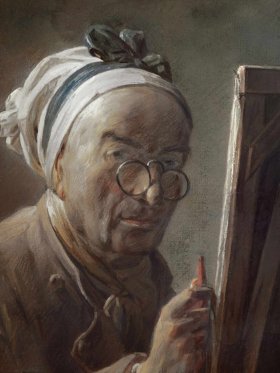
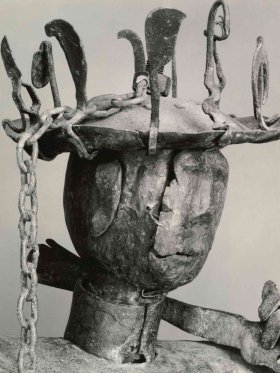
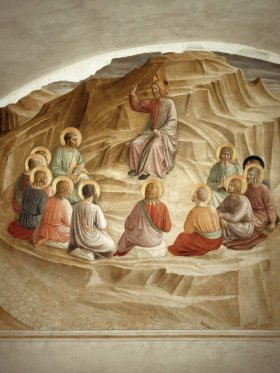
Share article